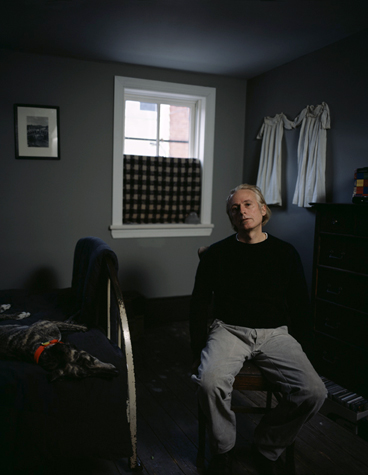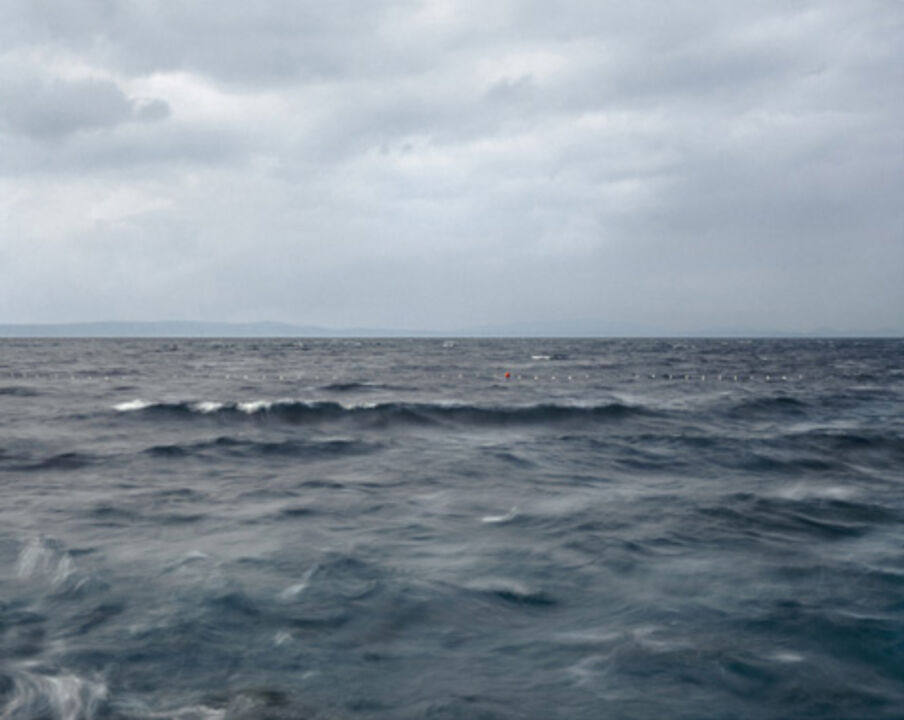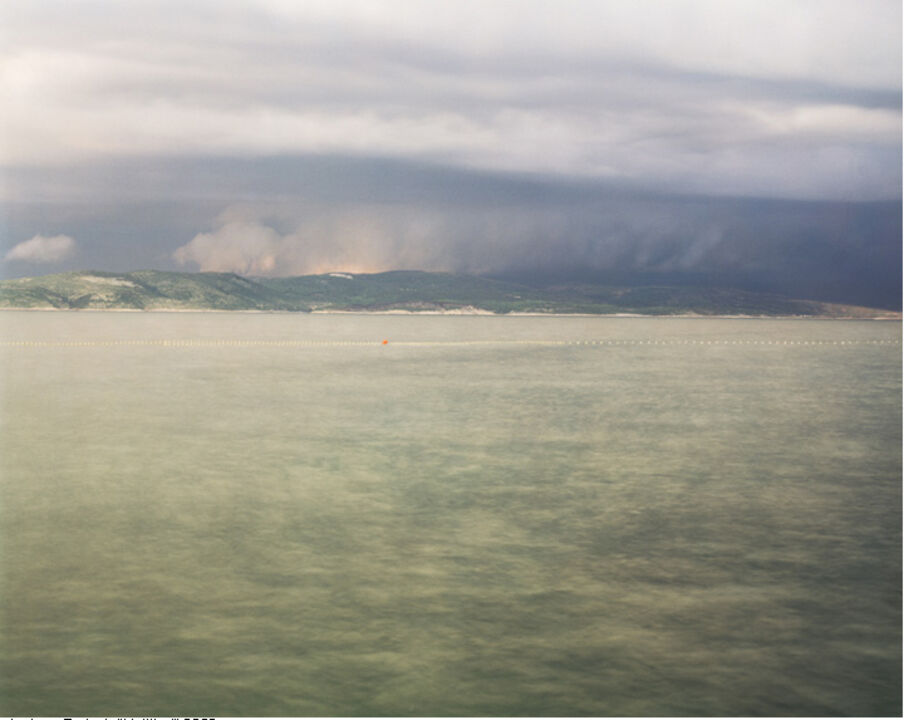Justyna Badach, Philadelphia, USA
Justyna Badach was born in Leningrad and lived in Warsaw before immigrating to the United States. She holds an MFA from Cranbrook Academy of Art. Her work has been exhibited nationally and internationally including, AIPAD New York, The Griffin Museum in Winchester, Emory University in Atlanta, Catherine Edelman Gallery in Chicago, Photo Center North West in Seattle, Gallery 339 in Philadelphia, The Australian Center for Photography in Sydney and Art Wonderland Space in Copenhagen, among others. The series Bachelor Portraits was featured in solo exhibitions at Blue Sky Gallery, Portland, Moraine Valley College, Chicago and Cotemporary Arts Center, Las Vegas in 2012 -2013.
Badach’s images are in the permanent collections of Museet for Fotokunst Brandts, Odense, Denmark, Portland Art Museum, The Center for Photography at Woodstock, Cranbrook Museum of Art, MI., and US Embassy Ghana. She has been awarded an artist residency from Light Work, and grants from the Pennsylvania Council on the Arts, Leeway Foundation, Griffin Museum, and The Independence Foundation. Badach has lectured extensively on her work and was featured in F-Stop Magazine, Dummy Magazine (Germany) The Photo Review Magazine, PROFIFOTO magazine Germany and several exhibition catalogs including Fotografía Festival di Roma (2006) Different Realities, Germany (2005) and a Photography: Contemporary Prospects (1995).
Bachelor Portraits
“Men who are attracted to domestic life first feel the need to close themselves away, then comes the desire to hide the nudity of the walls that separate them from the world”. - Charles Blanc from Grammaire des Arts du Dessin
Traditionally, the domestic realm is linked to notions of femininity, yet as Charles Blanc stresses it can also be a space that describes the masculine psyche. The home becomes a private place where men can withdraw from the world to think, meditate and act out their fantasies. In the Bachelor Portraits pictures, the living space becomes a wider metaphor for the internal life of a man. It is a place of refuge and a prison; where a the men get back in touch with themselves by eliminating human contact and depriving themselves of an emotional connection with the outside world.
I meet the men via word of mouth or on the street and see their home for the first time when I arrive to photograph them. Each of the men reminds me of my own vulnerability or a part of myself. Some are extremely shy; others have dedicated their lives to caring for a family member, while another group was so completely immersed in creative or intellectual pursuits they had little time for a relationship. Many of the men spent a great deal of effort to arrange their living space, developing a kind of personal iconography completely independent from the consumer notion of what a home should be. The décor of the spaces is so profoundly personal, that at times it feels like you are standing in someone else’s skin, a space too uncomfortable for anyone other than the bachelor to occupy. The images became a form of collaborative dialog about the men and these spaces. They are a story about mutual gain, loss and the traumatic personal events, which leave indelible marks of sadness on human lives. The photographs never overtly describe these traumas; they exist only as subtle visual hints in a larger personal narrative the men and I create together for the camera."
Justyna Badach May 2008

Untitled Seascapes
As an émigré, who became an American citizen after being stateless for nearly twenty years I am interested in exploring social assimilation and the relationship between landscape and culture. My photographs use the language of painting and tourism as filters through which to express the individual’s interaction with the environment. The landscape for me is simultaneously specific and elusive, immediate and distant, fixed and in motion. It is that state where my longing for a personal place is unable to attach itself firmly to the very thing longed for.
The series entitled “Untitled Seascapes (after Monet)”, plays on the visual language of tourism utilized by Monet in his 1880’s series of paintings of the sea at Etreta. This region of Normandy was a well established as a popular tourist destination. Fishing villages were transformed into resorts, where villagers dressed in traditional costume to entertain the visitors. Numerous visitors’ guides detailed the best vantage points for viewing the nearby sea cliffs and even made suggestions on the appropriate response to the natural scenery. Monet’s paintings paralleled these performances, by eliminating nearly all of the man made changes to the coast. Thus Monet presented the landscape, as it had been a generation earlier, unmarked by tourism.
I use digital technology to construct seascapes, emptied of the visible vestiges of tourism. Like Monet, I focus on romantic seascape vistas. I employ the transparent coloring of the ink jet print to paraphrase the conventions of landscape painting. Sections of the sea and sky are pasted together. Beachfront hotels and tourist boats are erased from the scene. Taken from shore, the photographs suggest a vantage point normally seen from a boat. The emptiness of the space activates our hope to be the first, the only one to experience this place. But the emotional muteness of the scene makes us aware that these images are an illusion. It closes off the picture, shutting us out of immense spaces, making us aware that our hope for a unique experience is out of balance with reality.


Collections
Museet for Fotokunst Brandts
Odense, Denmark
Portland Art Museum
The Center for Photography at Woodstock
Cranbrook Museum of Art, MI.
US Embassy Ghana








